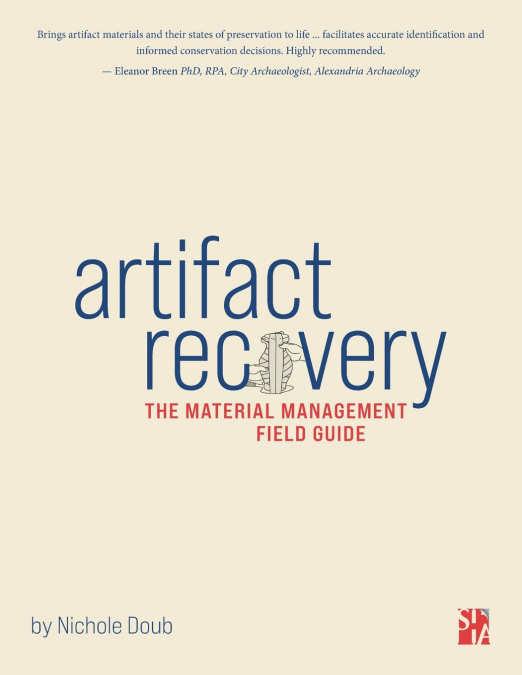
 Librería Perelló (Valencia)
Librería Perelló (Valencia)
 Librería Aciertas (Toledo)
Librería Aciertas (Toledo)
 El AlmaZen del Alquimista (Sevilla)
El AlmaZen del Alquimista (Sevilla)
 Librería Elías (Asturias)
Librería Elías (Asturias)
 Librería Kolima (Madrid)
Librería Kolima (Madrid)
 Donde los libros
Donde los libros
 Librería Proteo (Málaga)
Librería Proteo (Málaga)
A resource long needed in CRM.Cultural contexts and artifact identification tend to be the focus of archaeological education, with comparatively little emphasis on the actual materials that were used in the fabrication of the objects we recover, or why that information might even be relevant.Artifact Recovery successfully provides a basic introduction to the chemistry of those artifacts and materials most commonly recovered from North American post- contact sites, as well as context for how they deteriorate upon excavation and how our recovery methods, packaging, lab processing, and storage methods impact their preservation.The historic archaeological record can obviously yield a bewildering variety of objects, and in such an environment we all have blind spots. Doub acknowledges that no one can be an expert in every area of artifact identification, but she has created this highly accessible field and lab manual by reducing that record to the foundational material categories of metals, organics, skeletal materials, and synthetics.-Thomas J. KutysArchaeology Laboratory Manager, AECOM